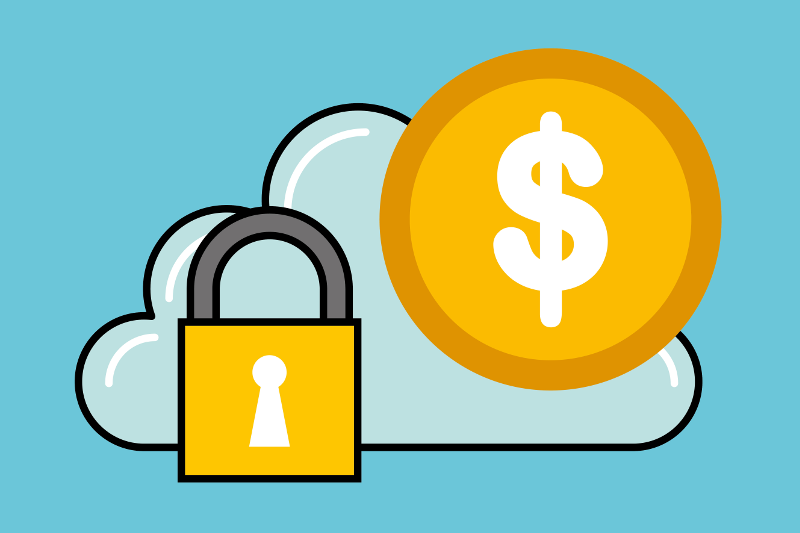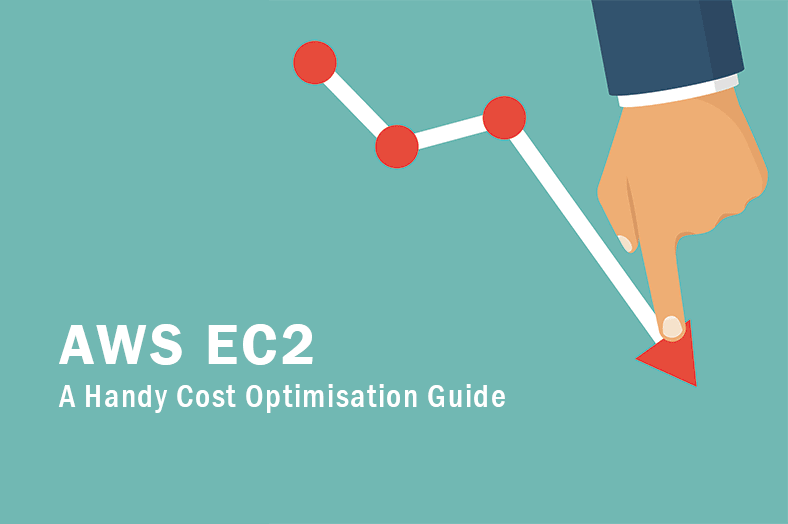December 02, 2016 / by Ben Lloyd AWS, Cost Optimisation
A quick guide to controlling your AWS EC2 costs
The beauty of Amazon Elastic Cloud Compute (EC2) lies in its pay-as-you-use pricing model. But this also happens to be one of the biggest problems novice Cloud adopters encounter – costs can quickly escalate out of control because your use of EC2 resources is uncontrolled and not properly optimised.
How does the EC2 billing model work?
For all its simplicity of use, Amazon Cloud billing is quite complex. If you remember nothing else, hold on to the fact that EC2 use is billed according to the number of hours used. So if your application runs from 9am to 5pm on any given day, you are billed for 8 hours use.
With four different billing models however, things become more complicated:
- The easiest to set up and manage is the basic On demand plan that gives unrestricted access to as many computing resources you want, when you want. This flexibility comes at a cost though – it is the most expensive of the four plans.
- Cheaper, but more complicated is the Spot instances plan which sees your business bidding for surplus resources. This plan is best suited to applications that run out-of-hours – otherwise there may not be sufficient resources available when needed.
- A Reserved plan relies on pre-booking resources – which means estimating your usage in advance. These plans also need to be paid between 1 and 3 years in advance.
- A Dedicated server provides guaranteed access to a complete server – and can be purchased for as little as one hour – but this is also the most expensive of all EC2 plans.
Choosing the right plan will be key to keeping costs under control. The following steps will help you make that choice.
1. Benchmark your use
To ensure you don’t under or over-provision, your first few months of AWS use should be on the On Demand plan. You need to keep a close eye on resource usage to identify when and what is used.
2. Make the move to a Reserved plan
The next step is to actually move to a Reserved plan. The biggest savings are available via a three-year contract – just remember that you need to plan for any increases during that period.
3. Don’t forget bandwidth costs
Many newcomers to AWS will overlook the data-transfer fees associated with EC2 and other AWS services, and can end up with a shock when the bill is higher than they expected. The good news is that there are ways to reduce data-transfer costs.
4. Keep tabs on instance utilisation
You need to regularly review usage to ensure you are still not over- or under-utilising resources. Where you identify issues, you will need to move to a new Reserved plan that better meets your needs.
Get Expert help
EC2 cost control can be particularly complicated – and well-beyond the experience of most novice Cloud adopters.
At Reflexica, we monitor costs and instance utilisation with sophisticated tools, to ensure our customers never face an unexpected large AWS bill.
We strongly recommend that any business struggling with the Amazon Cloud costs gives Reflexica a call to see how we can help you bring your EC2 instances back under control.




